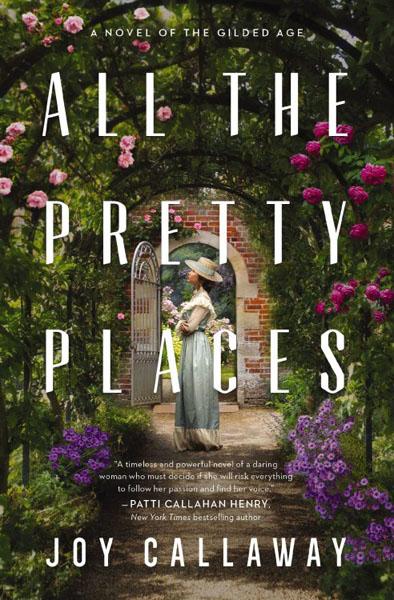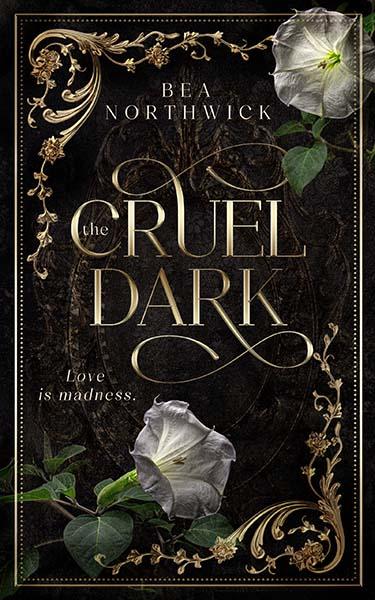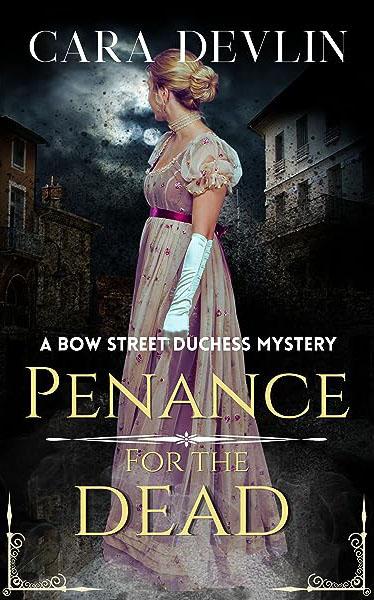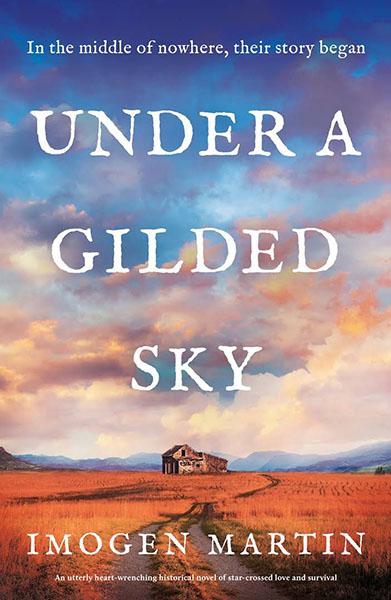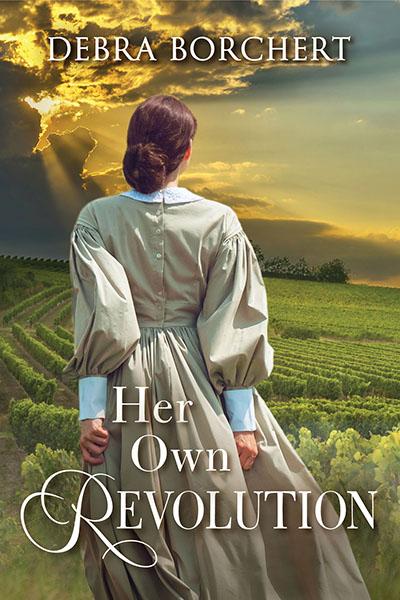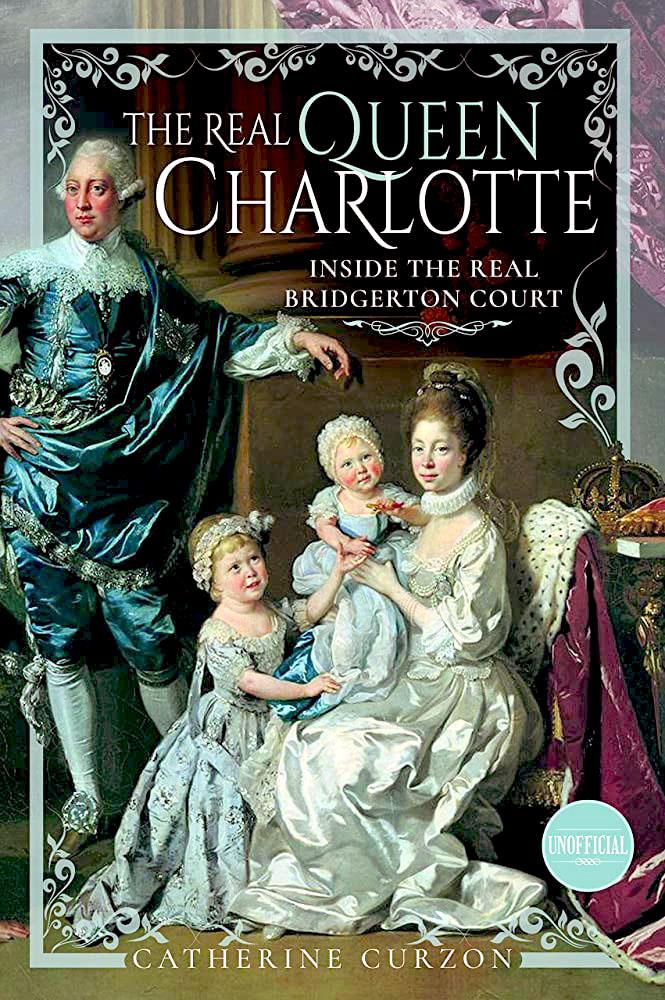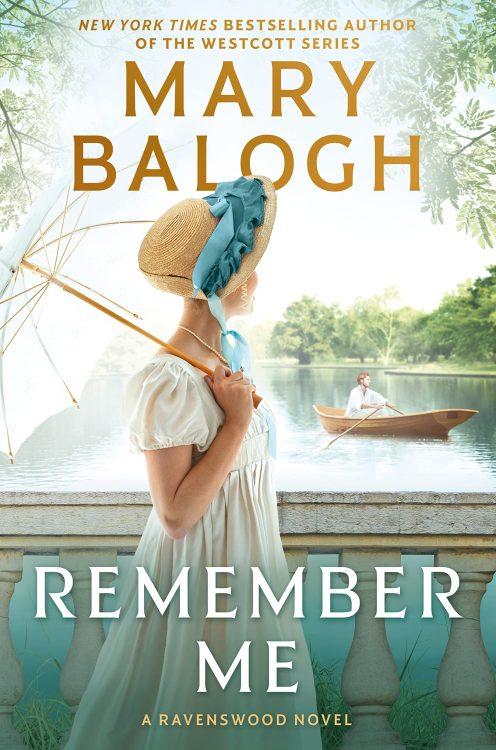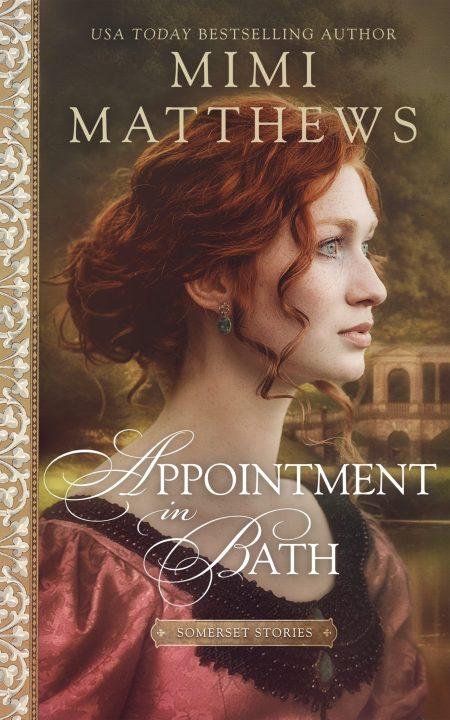All The Pretty Places
Elegantly written. At times patchy and inconsistent.
Structural flaws and mediocre romance plot affected enjoyment. 21st Century sensibility occasionally undermined the main protagonist.
Well executed descriptions and accurate historical detail.
Some freshness. Top 40%.
Professionally line edited, but lacking the editorial oversight that could have guided better decisions around plot and structure.
Book Description
From the moment she was born, the transforming beauty of her family’s nurseries has arrested her heart. From the moment she knew love, her heart belonged with his. Now she’s at risk of losing them both.
Rye, New York, 1893. Sadie Fremd’s dreams hinge on her family’s nursery, which has been the supplier of choice for respected landscape architects on the East Coast for decades. Now her small town is in a panic as the economy plummets into a depression, and Sadie’s father is pressuring her to secure her future by marrying a wealthy man among her peerage—but Sadie has never been one to play it safe. Besides, her heart is already spoken for.
Rather than seek potential suitors, Sadie pursues new business from her father’s most reliable and wealthy clients of the Gilded Age in an attempt to bolster the floundering nursery. But the more time Sadie spends in the secluded gardens of the elite, the more she notices the hopelessness in the eyes of those outside the mansions. The poor, the grieving, the weary. The people with no access to the restorative beauty of nature.
Sadie has always wanted her father to pass his business to her instead of to one of her brothers, but he seems oblivious to her desire and talent—and now to her passion for providing natural beauty to those who can’t afford it. When former employee, Sam, shows up unexpectedly, Sadie wonders if their love can be rekindled or if his presence will simply be another reminder of a life she longs for and cannot have.
Joy Callaway illuminates the life of her great-great-grandmother in this captivating story about a daring woman following her passion and finding her voice, while exploring natural beauty and its effect in the lives of those who need it most.
Meredith’s Take
Catnip for fans of Gilded Age settings, this novel offers pleasant escapism for readers who enjoyed the author’s previous books.
Since the Netflix drama, this historical period has become very crowded in historical fiction. Big publishers jumped on board early, and this book is an example of their approach: a tame, clean story written in pretty prose and targeting the educated 30-40 something mostly-female audience who embraced author Joy Calloway’s previous works: The Grand Design, Fifth Avenue Artists Society, and Secret Sisters.
As is customary for Big Publisher promotion, All the Pretty Places places received plaudits from authors of novels with similar appeal, who variously hype it as searing, lush, timeless, powerful, fascinating and heartwarming. It hits most of those marks at moments, but those moment feel more like checks in boxes than a consistent style attribute. Sumptuous descriptions of the opulent clothing, gardens, and homes of the era are scattered through the story, but the strong visual imagery does not permeate as it could have.
The same is unfortunately true of main character, Sadie Fremd. From immigrant stock, like most of Nineteenth Century New York, she was reared in the family business, landscape architecture for New York’s wealthy elite. A young woman with a passion for her work and a vision of her future that exceeds the typical limitations for women, she wants to become her father’s successor. She has brothers, but when they choose different career paths, she hopes her father will look to her. However, in the Panic of 1893, when fortunes were lost overnight, he not surprisingly pressures her to marry one of the suitors who have proposed.
Sadie works hard to change his mind, but he is dismissive of her dreams and hopes. Her naïveté often seems implausible. A woman of her era would not have realistically expected her father to give the family business to her, and he had made his feelings plain. A lot of time was spent in her internal dialogue, which did not make her more likeable, but made her seem like a bit of a princess, and somewhat patronizing – although also admirable – in her desire to create gardens for the poor to enjoy. The element became repetitive and hints of a 21st century sensibility were jarring.
For readers who love to garden, which I do, it also offers some delightful history. However, if the botanical element is your primary reason for buying the book, you may find the romance element irritating, not least because it’s weak tea: a cliched storyline that leans too heavily on the misunderstanding trope many readers of historical fiction are bored with. Equally, if you want a compelling romance with a ‘gardens of the Gilded Era rich’ as backdrop only, the botanical content could feel like a bit much to wade through, especially in the opening chapters.
It’s not easy for readers, or the author, to navigate a novel that feels like neither one thing nor the other. There are superb hybrids in historical fiction that combine immersive settings, complex and compelling plots, social commentary, and emotionally powerful stories of love and family: think Ann Patchett’s The Dutch House, for example. All the Pretty Places is narrower and more domestic in its focus, however its flaws could have been resolved by refocusing the story on its most appealing distinguishing characteristic: the personal biographical element.
The author’s great-great grandmother was the inspiration for the story and this family history adds context and charm. Readers may also find the theme of private versus public gardens fascinating. Sadie empathizes with the plight of the very poor and gardens symbolize her perspective in social commentary focused on the inequity between the super rich and miserably poor, contrasts equally relevant in the New York of today.
All The Pretty Places has an unusually engaging ending that made up for some of the mixed feelings I had about the story. I recommend the book as pleasant escapism for anyone who enjoys stories with a strong young female protagonist who finds happiness through self-determination. This story is reminiscent of The Grand Design, Ms. Calloway’s novel about the Greenbriar resort and interior decorator Dorothy Draper, but was not as well executed. It also suffers in direct comparison with another Gilded Era release reviewed on this site, which was in many ways a more satisfying read.
All The Pretty Places was reviewed in ARC format. Cover image courtesy of Harper Muse © 2023. Review by Meredith Thompson © 2023 The Regency Chronicle.
Suggested for readers who enjoy:
Book Details
- All the Pretty Places by Joy Calloway
- Harper Muse (May 9, 2023). 398 pages
- Trade paperback, eBook, & audiobook
- ISBN: 978-1639930524
- Genre(s): Historical fiction, Biographical fiction, Historical Romance/Gilded Era

